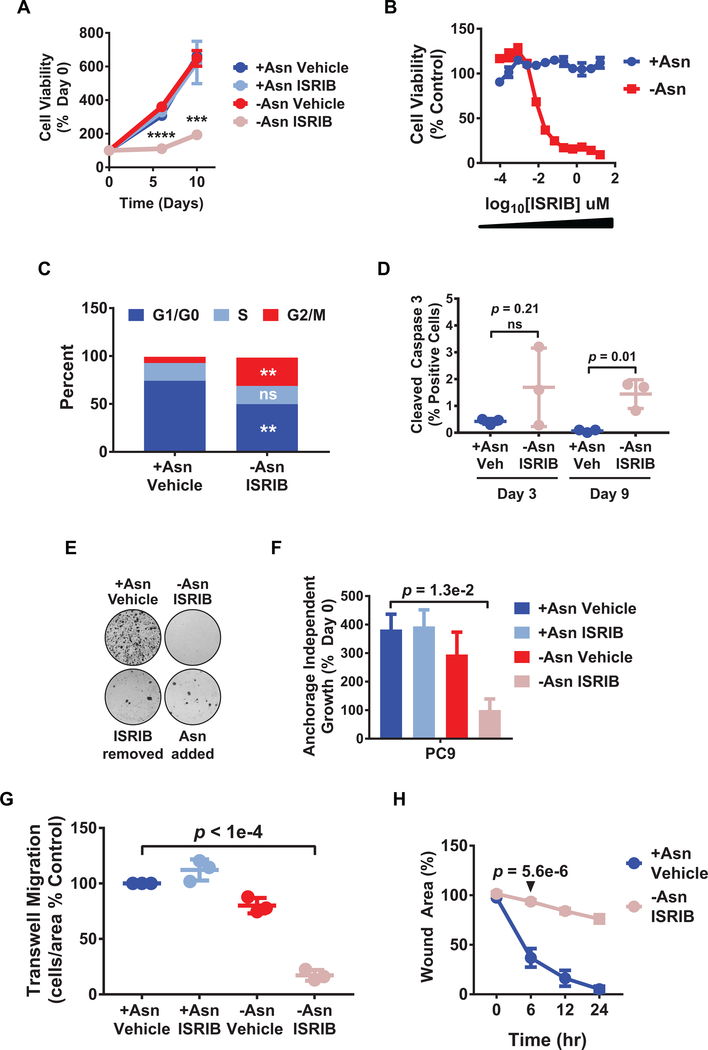Figure 2. ISRIB arrests the adaptive proliferation and motility of LUAD cells under amino acid stress.
A) PC9 cell viability under the indicated treatments was measured over time by resazurin. ****p = 5.6e-6, ***p = 1.9e-4. B) Drug dose curve showing cell viability over a range of ISRIB concentrations in +Asn or -Asn media on day 9. C) Bivariate cell cycle analysis using BrdU and 7-AAD as analyzed by flow cytometry following 3 days of indicated treatment. Data was plotted as % of total tumor cells in a particular phase of the cell cycle. D) Staining for cleaved caspase-3 in PC9 cells treated as indicated with percent positive cells of total cells per sample shown. E) Clonogenic assays; top wells were treated for 9 days as indicated and harvested. Bottom wells were first treated for 9 days with –Asn/ISRIB and then either ISRIB was removed (ISRIB removed) or asparagine replenished (Asn added) for an additional 9 days before harvest. Representative images shown. F) Cells were cultured for 3 days under anchorage-independent growth conditions and indicated treatments. Cell viability was performed as in A); n = 2. G) Trans-well migration assay with cells plated in the indicated treatment media containing 0.2% FBS and using the corresponding treatment media containing 10% serum as a chemoattractant. After 24 hr, migrating cells were stained for DAPI, immunofluorescent images captured, and quantified. H) Scratch assay to measure cell migration over time under the indicated conditions. Values indicate remaining wound area as a percentage of initial wound area. p-value shown for 6 hr treatment. Unless indicated otherwise, n = 3, error bars show SEM, and p-values by Unpaired t-test.

